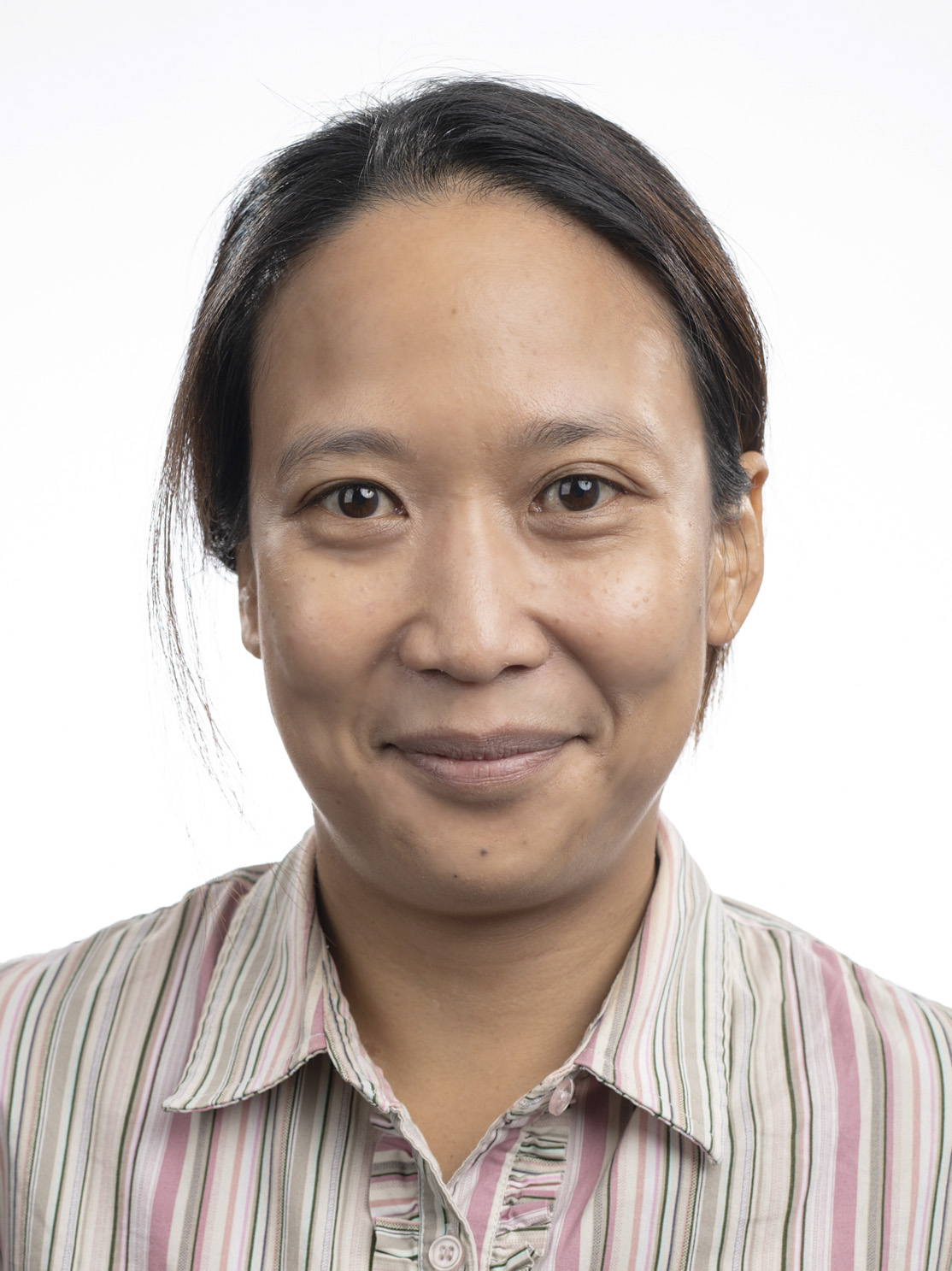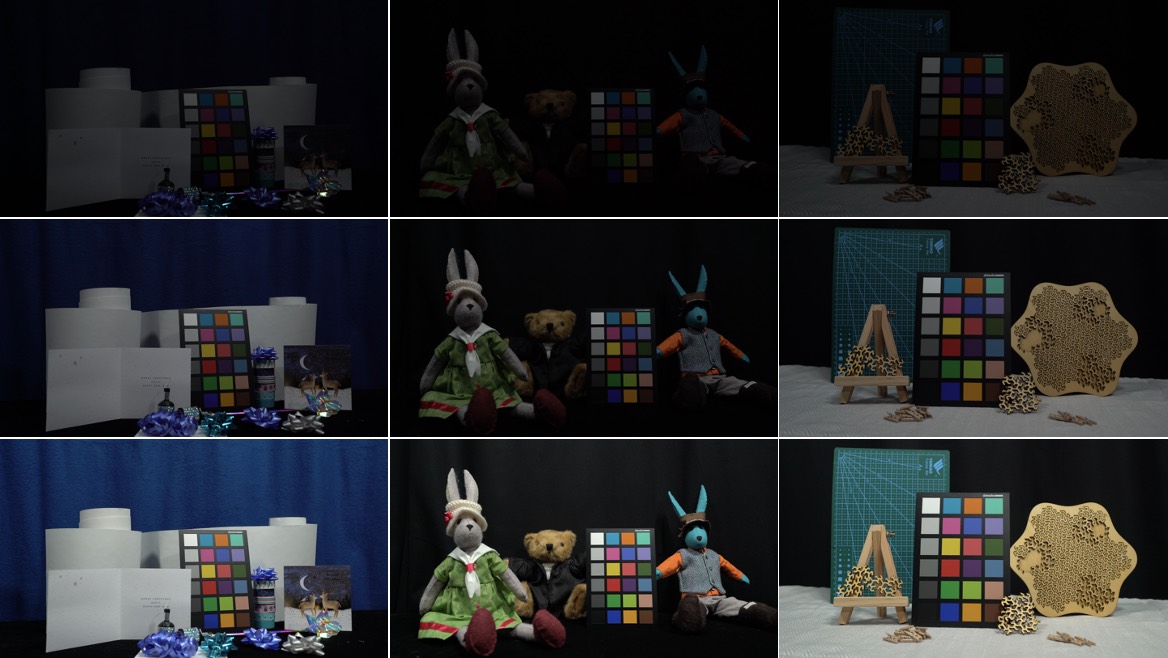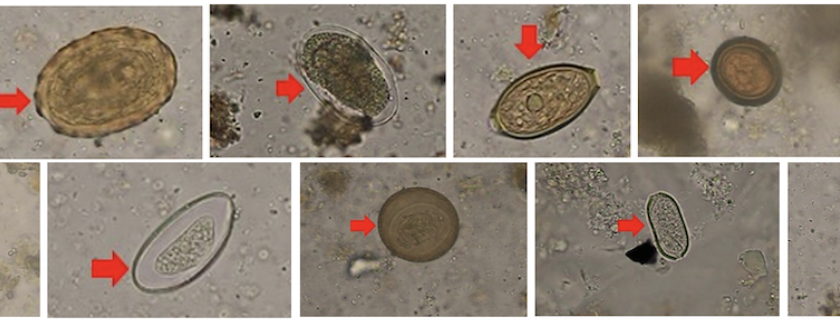Ongoing Research Projects
PriorPool: Intelligent Video Restoration and Enhancement via a Large Prior Database
Acquiring high-quality video in challenging conditions, such as low light, heat haze, or adverse weather—is difficult, often resulting in degraded footage that hinders both human and machine interpretation. PriorPool addresses this by leveraging priors from high-quality videos with similar content to guide restoration and enhancement. The project develops an unsupervised framework that tackles blind inverse problems, combining robust content representations, prior retrieval, and context-aware optimisation. By exploiting the knowledge embedded in high-quality videos, PriorPool aims to overcome information loss and the lack of ground truth, enabling more accurate and effective video restoration.
AI based production workflows for Challenging Acquisition Environments
MyUnderwaterWorld: Intelligent Underwater Scene Representation
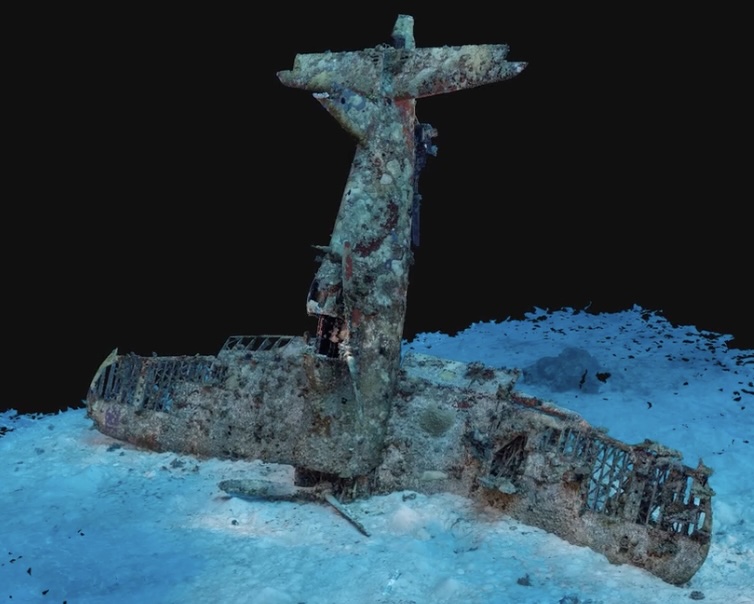
Automated Alert System for Volcanic Unrest
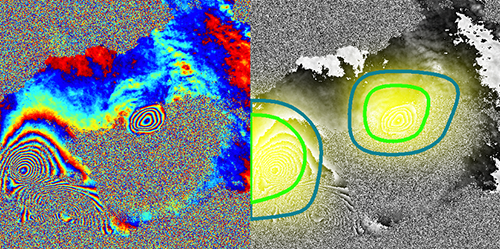
Mitigating Atmospheric Distortion
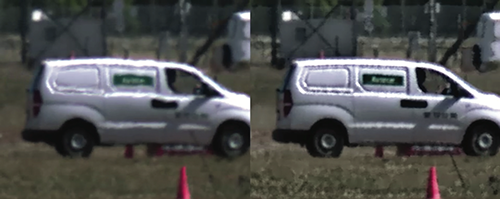
B-Line Quantification in Lung Ultrasound Images
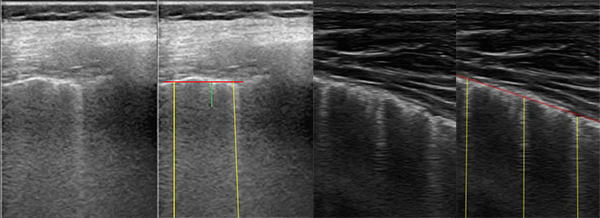
Computer Assisted Analysis of Ocular Imaging
The project developed an image enhancement method for retinal optical coherence tomography (OCT) images. The OCT is a non-invasive technique that produces cross-sectional imagery of ocular tissue. These images contain a large amount of speckle causing them to be grainy and of very low contrast. The OCT speckle originates mainly from multiple forward scattering and thus also contains some information about tissue composition, which can be useful in diagnosis. The project also analysed texture in the OCT image layers for retinal disease glaucoma. Methodology for classification and feature extraction based on robust principle component analysis of texture descriptors was established. In addition, the technique using multi-modal information fusion which incorporates data from visual field measurements with OCT and retinal photography was developed.
Finished Research Projects
Deep Learning for Computational Microscopy
Dynamic Ground Motion Map of the UK
The project explores how dynamic ground motion maps could be integrated into a Digital Environment through combination with other digital infrastructure and the use of environment-focussed informatics for data handling, feature extraction, data fusion, and decision making.
Palantir - Fast Depth Estimation for View Synthesis
Disparity/depth estimation from sequences of stereo images is an important element in 3D vision. Owing to occlusions, imperfect settings and homogeneous luminance, accurate estimate of depth remains a challenging problem. Targetting view synthesis, we propose a novel learning-based framework making use of dilated convolution, densely connected convolutional modules, compact decoder and skip connections.
Palantir - Real Time Inspection and Assessment of Wind Turbine Blade Health
A major challenge that faces the wind turbine industry is to collect and collate the large amounts of inspection data from wind turbine blades that comes from different inspection technologies and different inspection providers. Current techniques are expensive and results are not typically known for weeks or months until after the inspection. The Palantir project will increase the capability to undertake required inspections remotely. The key innovation will be the development of a permanently installed monitoring system for wind turbine blades providing real time continuous monitoring. This system will incorporate automated analysis of the data and therefore provide near real time status of blade health.
Bio-inspired Visual Framework for Autonomous Locomotion
Vision provides us information that can be used for adaptively controlling our locomotion. However, we still do not fully understand how humans perceive and use it in a dynamic environment. This implies that information from visual sensors, e.g. cameras, has not yet been fully employed in autonomous systems. This project will study human eye movement during locomotion using a mobile eye tracker, leading to a better understanding of human perception and what low-level features drive decisions.
Terrain Analysis for Robotics
The project aims to investigate the use of artificial visual perception for the control of locomotion in legged robot. The knowledge of the way humans use vision to control locomotion is translated to the engineering disciplines of machine and robotics. The terrain type and geometry are assessed and predicted using image based sensors. The proposed methods involve texture-based image analysis using local frequency characteristics on images and videos and a novel wavelet-based descriptor to identify terrain types, classify materials and surface orientation.
Rural/Distributed Services and Applications
The project is part of the first theme of the India-UK Advanced Technology Centre of Excellence in Next Generation Networks, Systems and Services (IU-ATC). The project has focused on the novel applications to meet the requirements in rural India.
Multiview Distributed Video Coding For Wireless Multicamera Networks
Distributed video coding (DVC) has recently received considerable interest as it allows shifting the complexity from the encoder to the decoder making it a attractive approach for low power systems with multiple remotely located multimedia sensor networks. The project has proposed the use of Hybrid Key/Wyner-Ziv frames (KWZ) with block-based concealment. Enhancement techniques, e.g. spatio-temporal interleaving, multi-hypothesis coding, bit-plane projection and etc., have been introduced to achieve compression efficiency. Scalabilities and surveillance have also been developed in the project.
Multi-view Image Compression and View Synthesis
The project solved one of the key challenges for all multimedia network service providers which is efficient and effective multi-view video distribution across heterogeneous networks. Significant advances have been achieved in developing embedded image and video coding schemes based on wavelets, producing excellent rate-distortion performance and scalable functionality with unpredictable channel variations.
